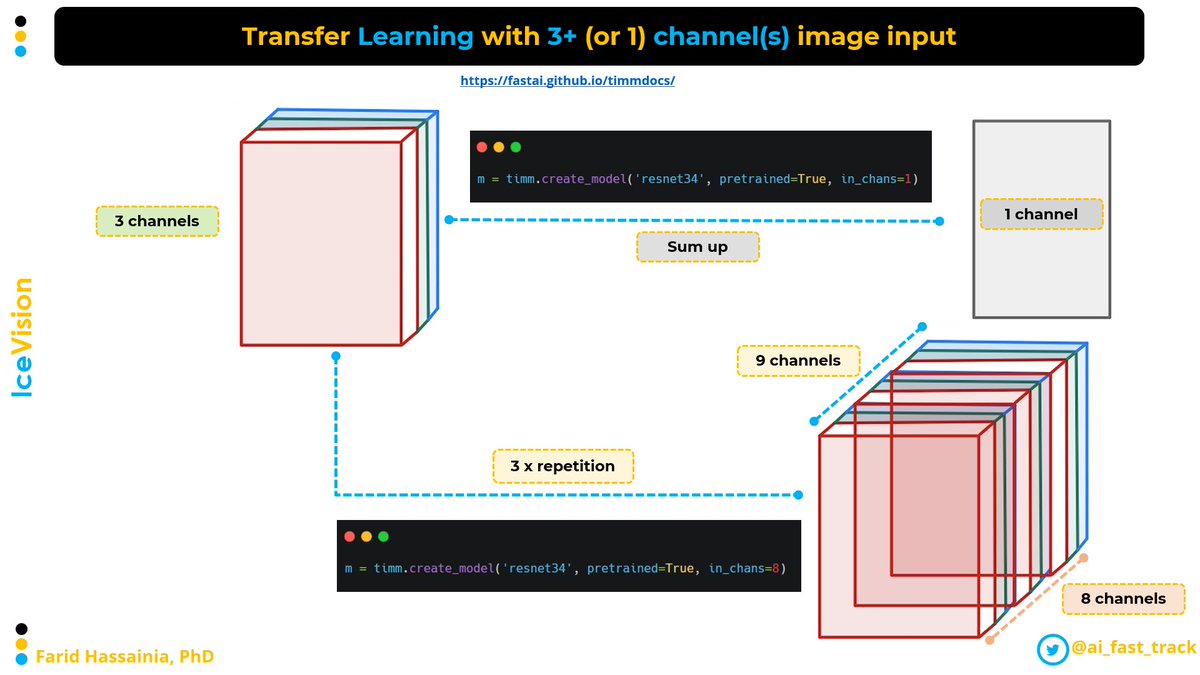
🎉 Celebrating 100 days of sharing Visual Summaries in Computer Vision
I plan to continue sharing:
• More content
• Summaries of summaries by topic
Follow me for more threads on advanced computer vision techniques used in industry-level applications → @ai_fast_track
I plan to continue sharing:
• More content
• Summaries of summaries by topic
Follow me for more threads on advanced computer vision techniques used in industry-level applications → @ai_fast_track
- Tips & Trick & Best Practices in training (not only) object detection models.
https://twitter.com/ai_fast_track/status/1467967804120965132
If you are interested in mastering object detection in a short period of time, feel free to follow @ai_fast_track
Please give this thread a quick retweet and help others discover this content. 🙏
Please give this thread a quick retweet and help others discover this content. 🙏
• • •
Missing some Tweet in this thread? You can try to
force a refresh






